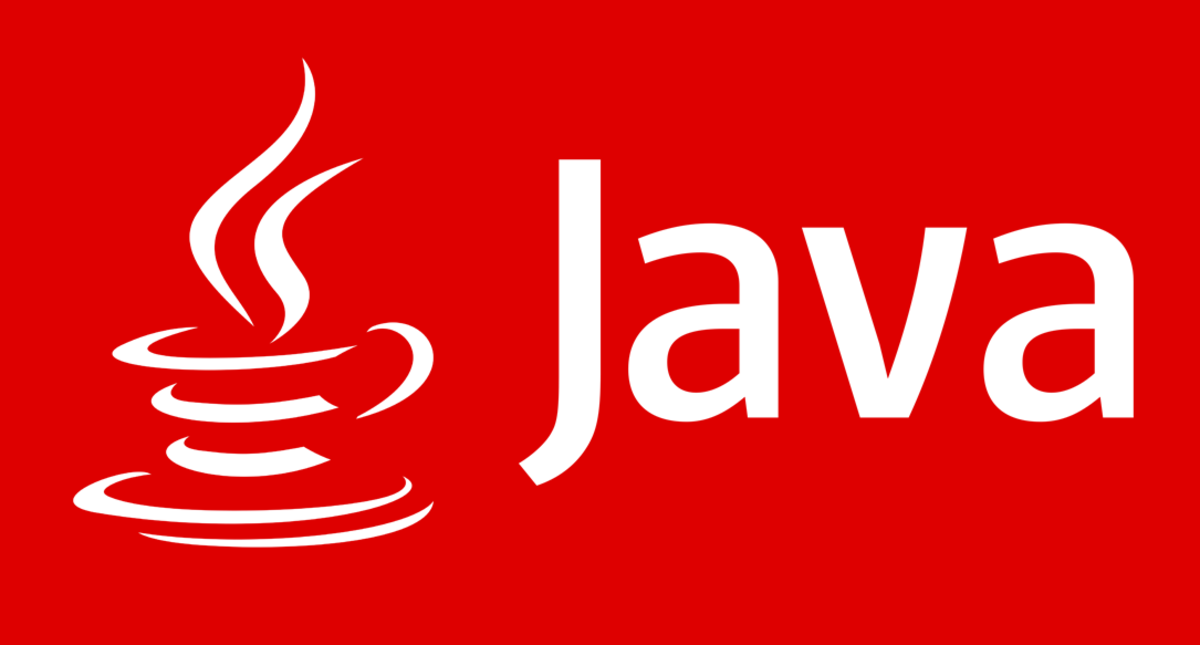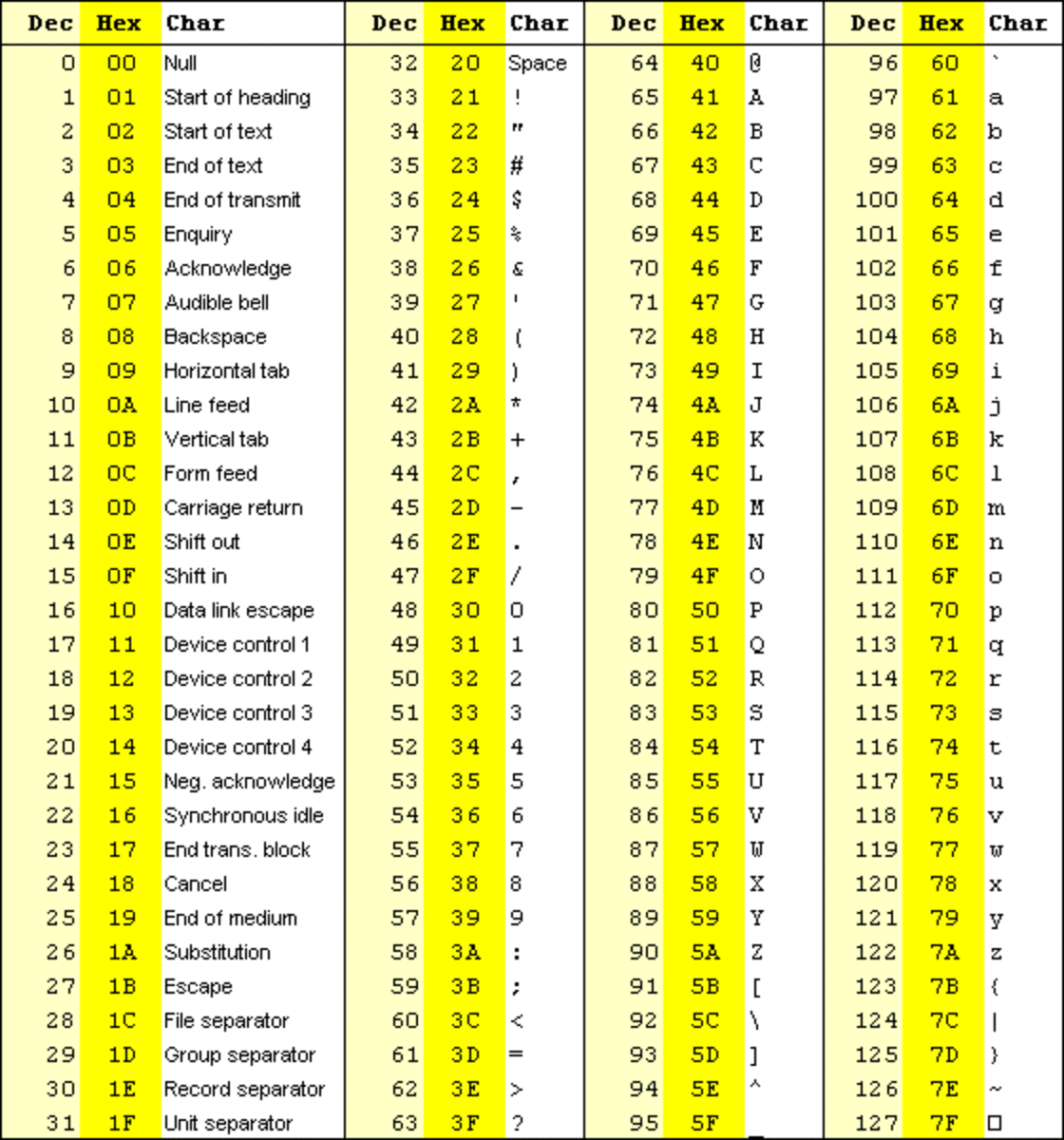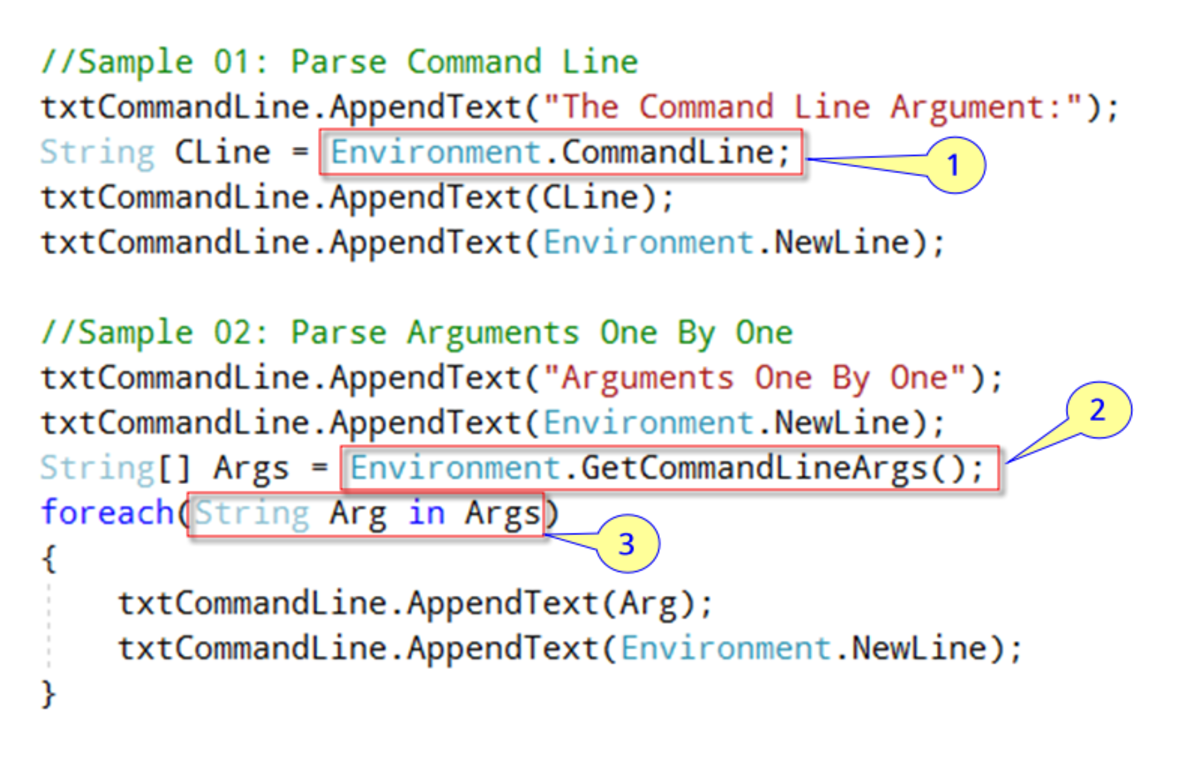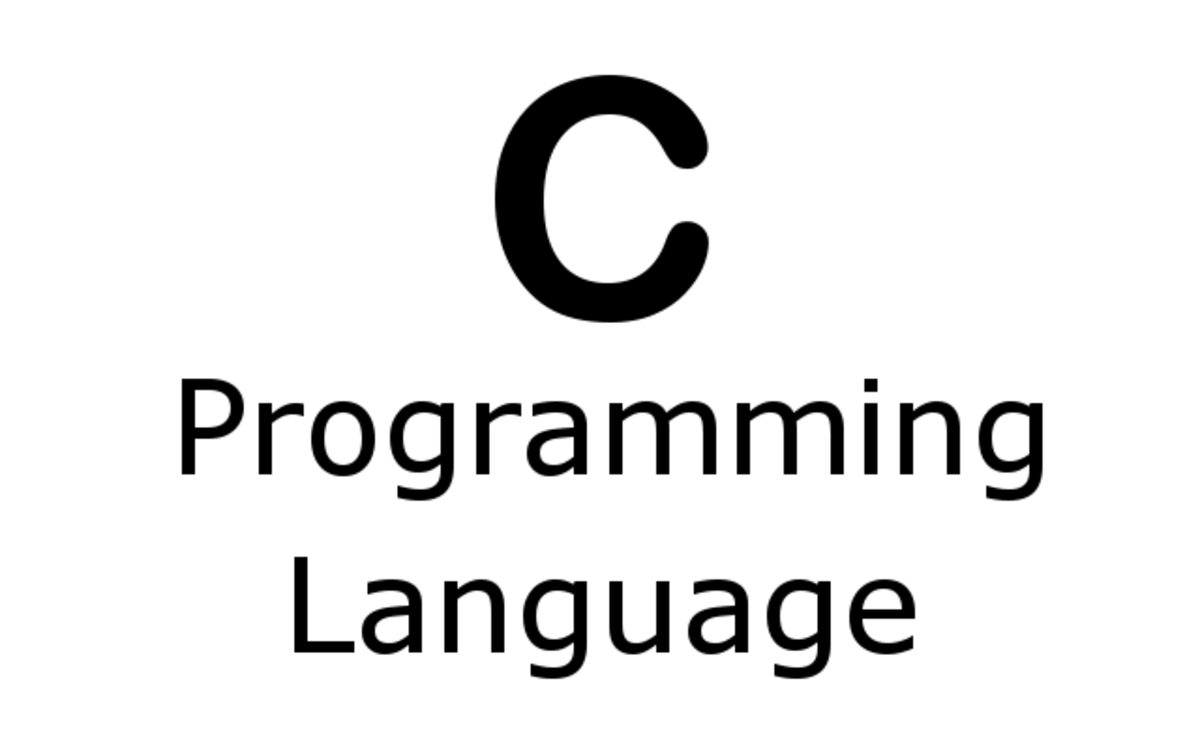Structures and arrays

:: Big Index :: C/C++ Programming Tutorials ::
Requirements
- Basic programming knowledge
- Understanding of structue
- Compiler to compile and run code
Structure and array can be implemented together. An array is a group of identical data items. All array elements are sorted consecutive memory location under a common variable name. For structure, this type of common variable name is referred as arrays of structures and can be implemented similar to array.
For example, employee information can be implemented by the following array of structure:
struct company{
long int employee_id;
char sex;
int age ;
};company employee[100];
In the above code segment, employee[100] is a structure variable which can store 100 employee information. Each elements are referred by the index. So, it can be accessed like the array. For each employee, it contains three type of information i.e. employee_id, sex and age.
Initializations of arrays of structures
Arrays of structures can be initialized statically or externally from the user.
Static initialization : Case 1
For static initialization, all values are initialized. So, the compile set values for each of the members. For example,
struct company{
long int employee_id;
char sex;
int age ;
};company employee[100] = {
1001, 'M', 30;
1002, 'F', 33;
1003, 'M', 35;
};
The compiler will automicatially assign the valuse like the followings:
employee[0].employee_id = 1001; employee[0].sex = 'M'; employee[0].age = 30;
employee[1].employee_id = 1002; employee[1].sex = 'F'; employee[i].age = 33;
employee[2].employee_id = 1003; employee[2].sex = 'M'; employee[2].age = 35;
Static initialization : Case 2
But if any member values are not initialized then the member values are initiated 0 by the compiler. For example,
struct company{
long int employee_id;
char sex;
int age ;
};company employee[100] = {
{1001, 'M', 30},
{1002, 'F'},
{1003}
};employee[0].employee_id = 1001; employee[0].sex = 'M'; employee[0].age = 30;
employee[1].employee_id = 1002; employee[1].sex = 'F'; employee[i].age = 0;
employee[2].employee_id = 1003; employee[2].sex = 0; employee[2].age = 0;
For the above code, some members are not initialized. So, the compiler will set value zero to them.
Program section
In this section, one program will be discussed for the implementaion of arrays of structures.
Write a program which can take employee information (Employee id no, sex, age etc.) from the user and can display the information which was entered by the user.
#include<iostream.h> #define MAX 100
struct company{
long int employee_id;
char sex;
int age ;
};company employee[MAX];
int main(){
company employee[MAX];
void information(company employee[MAX], int n);
void display(company employee[MAX], int n);
int n;cout << "A program for learning arrays in structure"; cout << endl << endl;
cout << "How many employees: "; cin >> n; cout << endl;
information(employee, n); display(employee, n); cin.get(); return 0;
}
void information(company employee[MAX], int n){
cout << "Enter the following information:" << endl << endl;
for (int i=1; i<=n; i++){
cout << "Enter information for employee no: " << i;
cout << endl;
cout << "Employee ID:"; cin >> employee[i].employee_id;
cout << "Sex :"; cin >> employee[i].sex;
cout << "Age :"; cin >> employee[i].age;
cout << endl;
}
}void display(company employee[MAX], int n){
cout << endl;
cout << "Recorded information of the employees:";
cout << endl;
cout << "ID Sex Age" << endl;
for (int i=1; i<=n; i++){
cout << employee[i].employee_id << "\t";
cout << employee[i].sex << "\t";
cout << employee[i].age << endl;
}
}
Output of the program
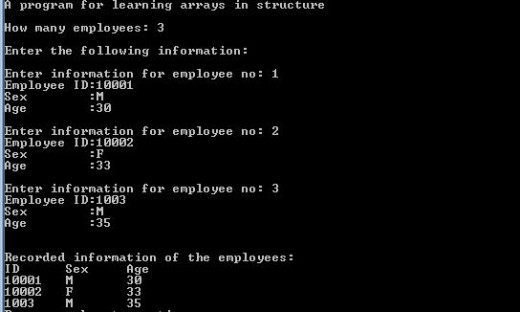
Short discussion of the above program
The arrays of structures is defined by the following code segment:
struct company{
long int employee_id;
char sex;
int age ;
};company employee[MAX];
"employee[MAX]" is the arrays of structures. "MAX" is defined as the index which is defined by "#include MAX 100".
void information(company employee[MAX], int n); void display(company employee[MAX], int n);
Function "information(...)" is used to collect information form the user.Function "display(...)" is used to print the information on the display which was entered by the user.
Now, lets discuss about "information(...)" function:
void information(company employee[MAX], int n){
cout << "Enter the following information:" << endl << endl;
for (int i=1; i<=n; i++){
cout << "Enter information for employee no: " << i;
cout << endl;
cout << "Employee ID:"; cin >> employee[i].employee_id;
cout << "Sex :"; cin >> employee[i].sex;
cout << "Age :"; cin >> employee[i].age;
cout << endl;
}
}
Here arrays are used. For each "employee[i]" array it takes the value from the user by the "object[index].variable". Thus "employee[i].emplyee_id", "employee[i].sex" and "employee[i].age" collects values from the user. Here "i" means the index.
Finally, the "display(...)" function will display the entered information.
More about "Structures"
- Structures and arrays
Programming Tutorials : C/C++ Programming Structure and array can be implemented together. An array is a group of identical data items. All array elements are sorted consecutive memory location under a... - Structues and Functions
Programming Tutorials : C/C++ Programming Function decomposes any complex program into several manageable modules. Each module is referred as function. Functions are compiled separately. So, they can be... - Structure Basics in Programming :: C++ Programming S...
Programming Tutorials : C/C++ Programming Collection of heterogeneous data types are known as Structure. Structure is one of the data types of C/C++ programming languages. Several data types are grouped... - Nested Structures : Structures within Structures
Programming Tutorials : C/C++ Programming Structures can be implemented with functions and arrays. Moreover, structures can be implemented as the member of other structure. This is termed as structure within...


